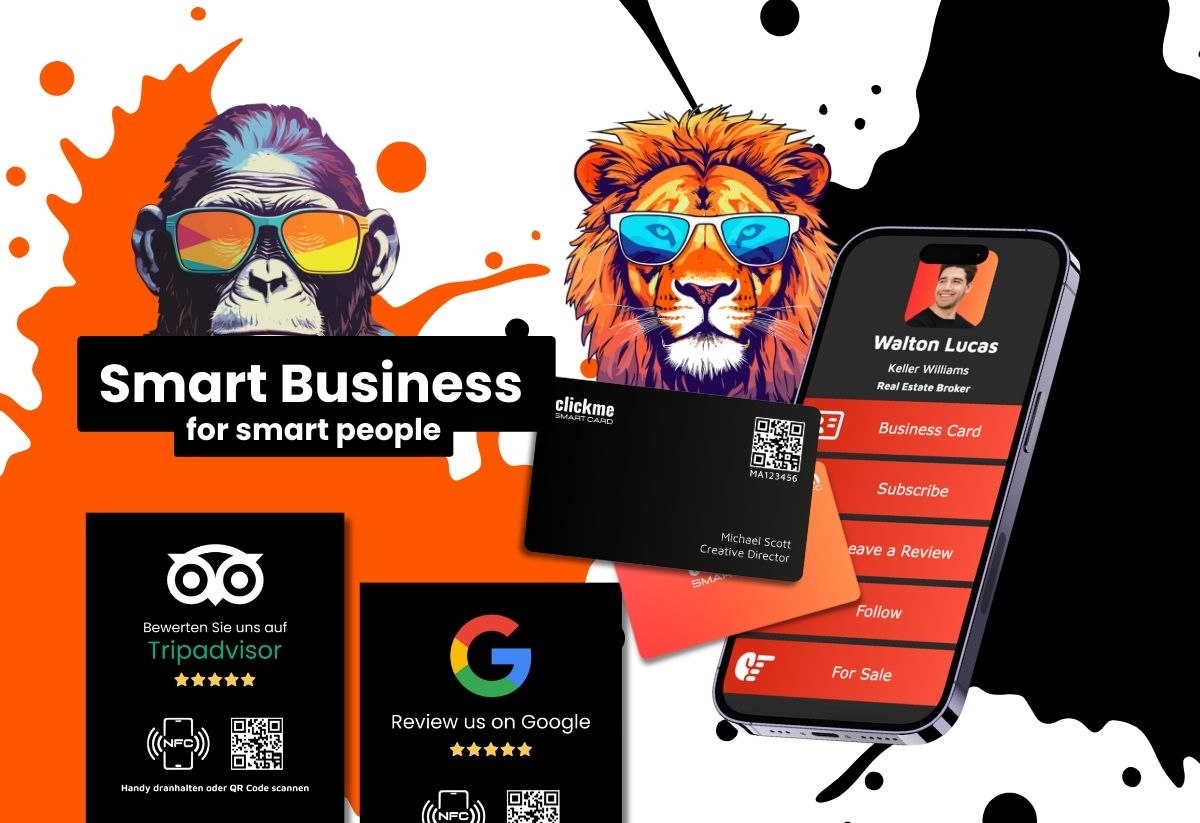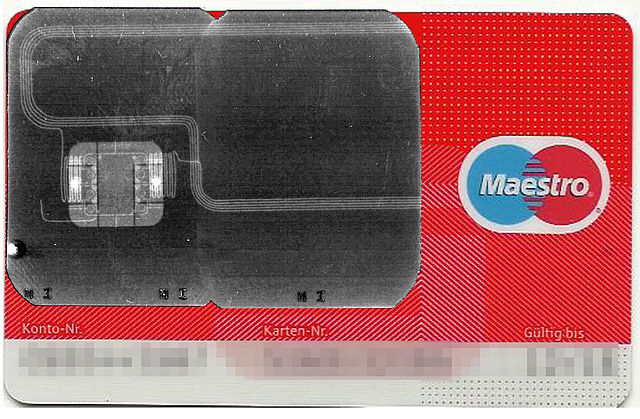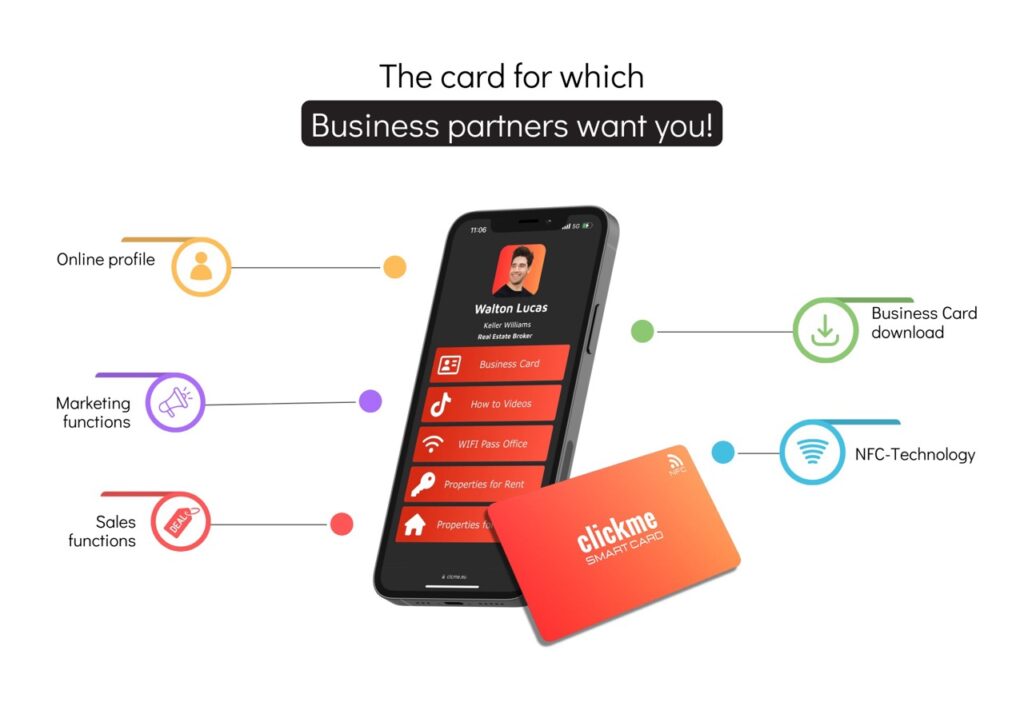
Nowadays, nearly every smartphone can read NFC-equipped devices (NFC cards and NFC tags). Whether it’s a digital business card, a Google review board, or an NFC identification tag, the content appears immediately when we touch our smartphone to an NFC device. It was only a matter of time before NFC technology became as integrated into our daily lives, just like QR codes.
The first patent for RFID technology dates back to 1983. In 2002, Sony, in collaboration with Philips, standardized the technology. At that time, it was primarily used in the industrial sector. In 2004, the enhanced version, NFC technology, was announced. From 2006 onwards, the NFC tags we use today and the first consumer devices capable of reading NFC appeared. In 2008, the first NFC-capable mobile phones by Samsung and Nokia appeared, and with the spread of Android, almost every device became capable of reading NFC tags within a few years. In 2014, Visa and Mastercard introduced the contactless payment system, which also uses NFC-equipped cards. Soon, major car manufacturers, including BMW, Mercedes, and Hyundai, started designing comfort functions in their car interiors that communicate with our phones using NFC technology.

Of course, Apple didn't want to miss out on the benefits of contactless card and mobile payment systems, so this option first appeared with the iPhone 6 and Apple Watch in 2014. It is important to note that these devices could initially only be used for contactless payments. The iPhone 7 was the first device that could initiate NFC reading for other purposes. In September 2020, with the release of iOS 14, Apple announced that NFC reading would now be allowed for other purposes in their devices. This was the point when the technology finally became accessible to everyone. Following this announcement, we began developing our first Digital Business Card software, with the first prototypes appearing in early 2021, which could also be read by iPhone devices.

From the above, it is clear that although the technology has been around for 40 years and has been used in industrial solutions as a digital identification tool for 30 years, it has only recently started to spread in our everyday lives. It is most commonly used in digital business cards, but NFC boards used in the hospitality industry, where guests can leave Google or Tripadvisor reviews with a single touch or display the menu digitally on their phones, are becoming increasingly popular. This shift from paper-based business cards and menus has started in recent years. The younger generation no longer collects paper; they want to handle everything on their phones, which they have in their hands 24/7. They don't reach for new information because they are already bombarded with so many stimuli daily that it is overwhelming for them to decide what to focus on and what not to.
The time for networking has also been reduced to a minimum; no one will manage organized folders about their clients or systematically arrange paper business cards or search for them later (although I don't think we did that much in the past either). We contact the person we find first or who is easiest to reach. Ideally, it is the person who is already in our hands, in our phone. For example, if during the introduction, they downloaded their digital business card to our phone, it would be in our contacts. If they did it smartly, they didn't just transfer the phone number but also their portfolio, website, and social media contacts, thus significantly increasing the chance of being contacted first compared to someone who gave a paper business card that we probably haven't seen since the meeting.
We have a technology with enormous digital potential right in front of us, accessible to everyone with a single touch (without installation, unlike mobile apps). Probably only 1% of people who have encountered it so far. In the business world, this number is likely much higher. With the rapid development of digitalization, there is an increasing demand for solutions that ensure the quick transmission of information, but very few people use it consciously. The first encounter with it almost guarantees a "wow experience." They first don't understand how our introductory material or business card appeared on their phone with a card touch. 🙂 And the second sentence that comes out of their mouth is, "I need this too." Success is guaranteed!

Our company is based on NFC software development. We provide the market with data management systems that enhance NFC cards and NFC tags with smart solutions. Whether it is a digital business card, pet identification tag, review or feedback cards, and guest information boards, the core of everything is the service software, whose code we write into the NFC chip, making it small enough to be placed in almost any product.
Let's examine the areas in our company's model where we still transfer information on paper but could be avoided. For example, business cards, data collection forms, worksheets, customer information materials, user guides, questionnaires, company presentations, product information, etc. We can easily upload these pieces of information to an NFC-based Smart Card, where they can be accessed or even edited with a single touch.
We categorize our partners into three levels:

If reading this has brought out the entrepreneur or creative innovator in you, feel free to send us a message or apply to our partner program, and we will contact you soon to discuss how we can assist you in this.
